Trade wars and international trade aren’t just headlines—they’re the backbone of global economics and a hot topic for every AP Econ student. In today’s interconnected world, international trade and tariffs shape everything from the price of your smartphone to the job market in your city. The concept of comparative advantage, a pillar of economic theory, explains why countries trade, while trade barriers like tariffs can turn cooperation into conflict.
- International Trade and Tariffs: The Pulse of Global Markets
- What Is Comparative Advantage, and Why Does It Matter?
- The Mechanics of International Trade and Tariffs
- Real-world example: The 2025 Trade War
- Trade barriers: The double-edged sword
- Comparative advantage in the real world: Winners and losers
- Trade agreements: Guardrails for global markets
- The political economy of trade: Why barriers persist
- Fresh Angles: The future of trade and comparative advantage
- Conclusion: Why international trade and tariffs matter more than ever
- FAQs about International Trade and Tariffs
As recent trade wars have shown, these forces can ripple through economies, disrupt industries, and even alter the course of nations. So, what do AP Econ students need to know about global markets, comparative advantage, and the real-world impact of trade barriers? Let’s unravel the story behind the headlines, using fresh examples and sharp analysis to make international economics come alive.
International Trade and Tariffs: The Pulse of Global Markets
International trade and tariffs are more than abstract concepts—they are the levers that move the global economy. When countries trade, they exchange goods and services based on what each does best, a principle known as comparative advantage. But when governments impose tariffs—taxes on imports—the flow of trade can slow, prices can rise, and political tensions can flare.
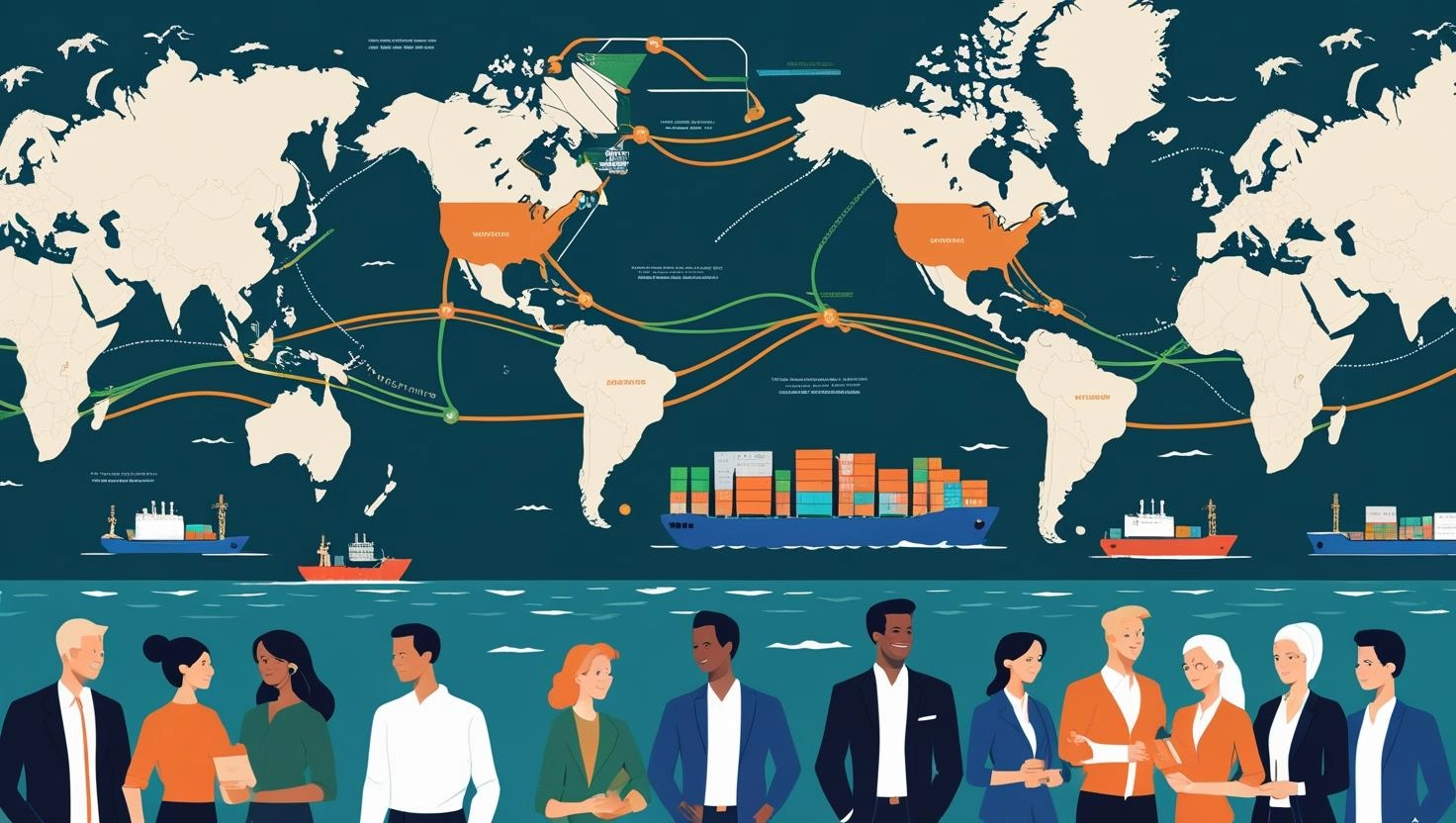
The recent 2025 trade war, sparked by sweeping US tariffs on imports from China, Canada, and Mexico, is a case study in how quickly global markets can shift. For AP Econ students, understanding these dynamics is essential to grasping the real-world stakes of economic policy.
What Is Comparative Advantage, and Why Does It Matter?
Comparative Advantage: The Power Behind Trade
Comparative advantage is the economic principle that allows countries to gain from trade, even if one nation is more efficient at producing everything. First explained by David Ricardo in the 19th century, it shows that nations should specialize in goods with the lowest opportunity cost and trade for the rest.
Why does this matter? Because it’s the engine of global prosperity. Specialization boosts efficiency, reduces costs, and raises living standards. Countries like South Korea, Singapore, and China built their rapid growth by harnessing comparative advantage.
For AP Economics, this concept is central: trade is not a zero-sum game when nations specialize and trade, both sides can benefit.
The Mechanics of International Trade and Tariffs
Let’s break down how international trade and tariffs work in practice:
International Trade: Countries export goods and services they produce efficiently and import those they don’t. This exchange is driven by comparative advantage, not absolute advantage.
Tariffs: Governments sometimes impose tariffs to protect domestic industries from foreign competition or to retaliate against other countries’ trade policies. Tariffs make imports more expensive, which can lead to higher prices for consumers and reduced trade volumes.
Real-World Example: In 2025, the US imposed sweeping tariffs on imports from China, Canada, and Mexico, triggering immediate retaliation and igniting what some called the largest trade war in decades. The result? Higher prices for US consumers, economic pain for exporters, and a wave of uncertainty across global markets.
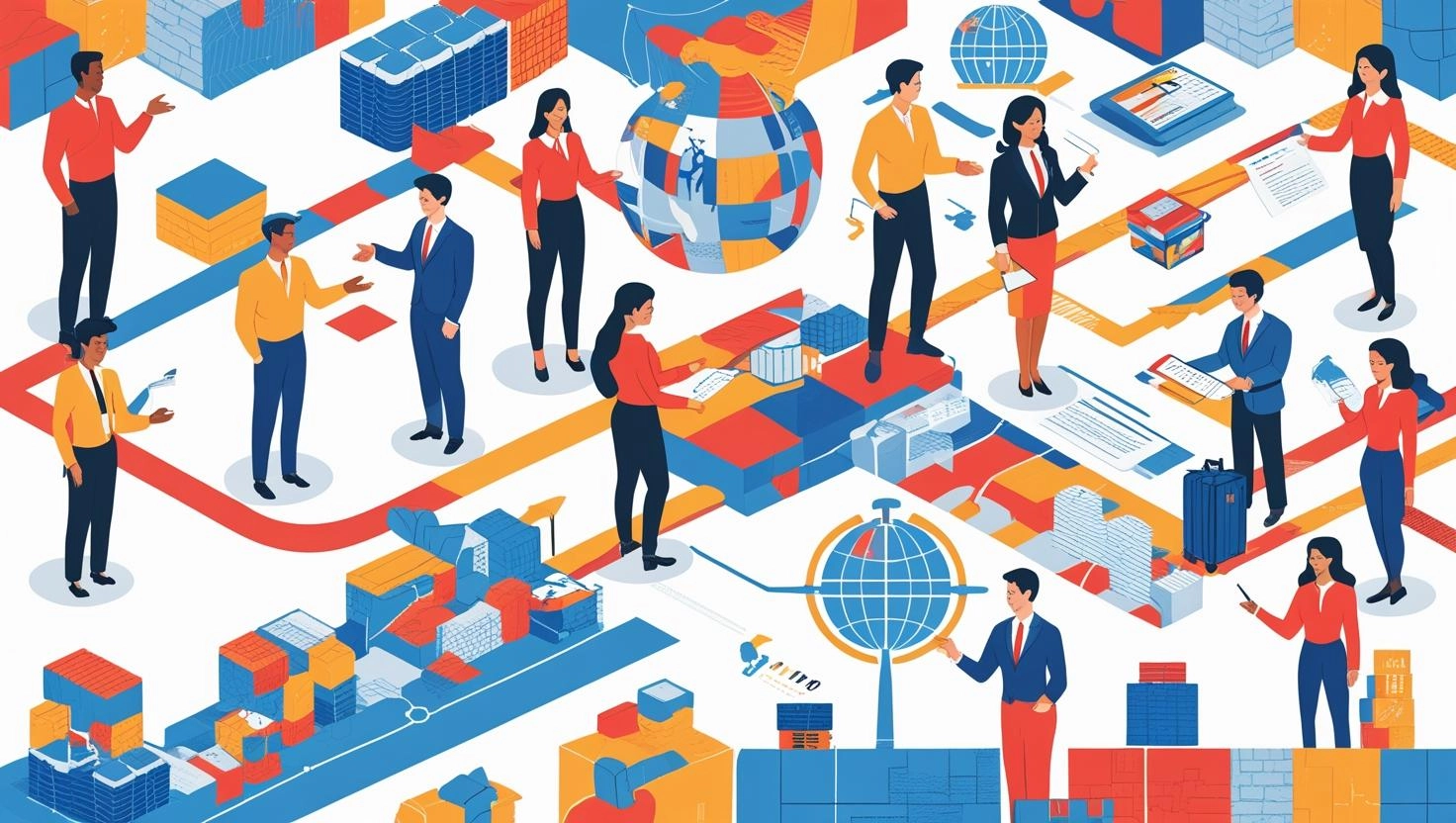
Real-world example: The 2025 Trade War
The 2025 trade war offers a front-row seat to the impact of international trade and tariffs. Here’s what happened:
The US announced major tariff increases on imports from China, Canada, and Mexico, raising some tariffs on Chinese goods to over 145% before settling at 30%.
China retaliated with its own tariffs, while Canada and Mexico faced economic fallout, including higher prices for goods like lumber, steel, and agricultural products.
The immediate result was market turmoil: the US dollar depreciated, and global supply chains were thrown into chaos.
Economic models predict that if these tariffs are maintained, world GDP could fall by 0.5% and world trade by 3.4% by 2030, with the US and China suffering the largest losses.
For students, this is international trade and tariffs in action—an economic experiment with real-world consequences.
Trade barriers: The double-edged sword
Tariffs aren’t the only trade barriers. Countries also use quotas, subsidies, and regulations to protect domestic industries. While these measures can shield local jobs in the short term, they often backfire:
Higher Prices: Tariffs raise the cost of imported goods, leading to higher prices for consumers. In the 2025 trade war, US grocery prices spiked due to tariffs on Canadian and Mexican food products.
Retaliation: Trade partners often respond with their own tariffs, hurting exporters and escalating economic conflict.
Job Losses: While some industries may benefit, others suffer. In Canada, up to 100,000 jobs were at risk due to reduced exports to the US. In Mexico, tariffs threatened a severe recession and a 4% drop in GDP.
History shows that open trade, not protectionism, drives long-term prosperity. Trade barriers may offer short-term relief, but often lead to stagnation and lost opportunities.
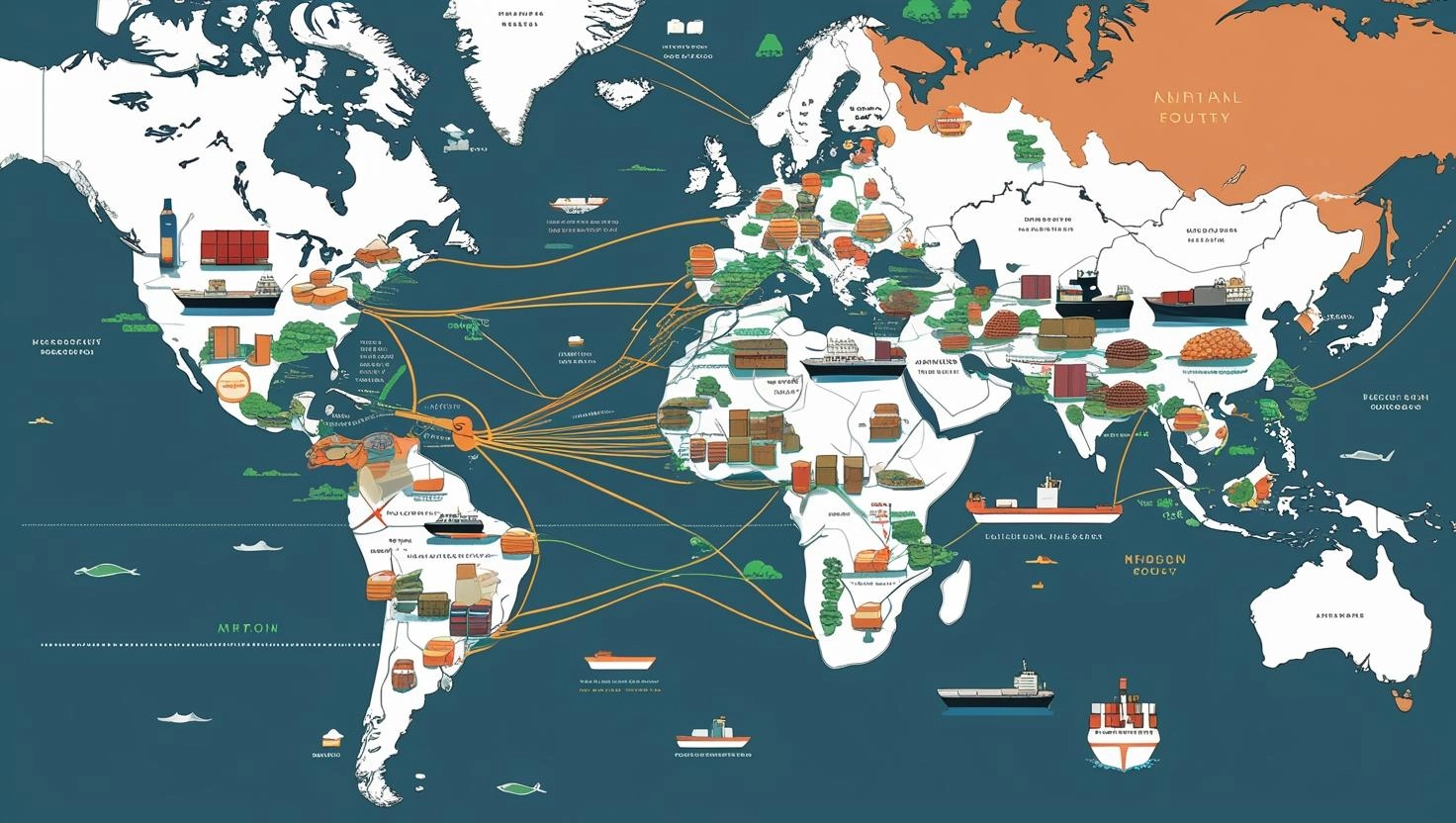
Comparative advantage in the real world: Winners and losers
Comparative advantage isn’t just theory—it shapes the fortunes of nations and industries:
Winners: Countries that embrace trade and focus on their strengths—like South Korea in electronics or Germany in automobiles—see rapid growth, innovation, and rising living standards.
Losers: Countries that erect barriers or fail to adapt risk stagnation. Protectionist policies may protect some jobs, but often at the cost of higher prices and slower growth.
But comparative advantage is dynamic. As countries invest in education, technology, and infrastructure, their strengths can shift. For example, China’s focus on artificial intelligence and robotics is creating new comparative advantages, reshaping global trade patterns.
Trade agreements: Guardrails for global markets
If trade wars are the storms, trade agreements are the levees. Agreements like NAFTA (now USMCA) provide legal frameworks that stabilize trade relationships, reduce uncertainty, and help resolve disputes without resorting to tariffs.
When the US imposed tariffs in 2025, the USMCA provided some protection for North American industries, allowing certain car imports to escape the worst tariffs. This highlights the importance of trade agreements in cushioning the impact of trade wars.
The political economy of trade: Why barriers persist
If open trade is so beneficial, why do countries still impose tariffs? The answer lies in politics:
Short-Term Gains: Politicians may impose tariffs to protect specific industries or win votes, even if the long-term costs outweigh the benefits.
National Security: Some tariffs are justified on security grounds, such as protecting critical industries.
Retaliation: Trade barriers are often used as bargaining chips in international negotiations.
But as recent trade wars show, these strategies can backfire, hurting consumers and exporters alike.
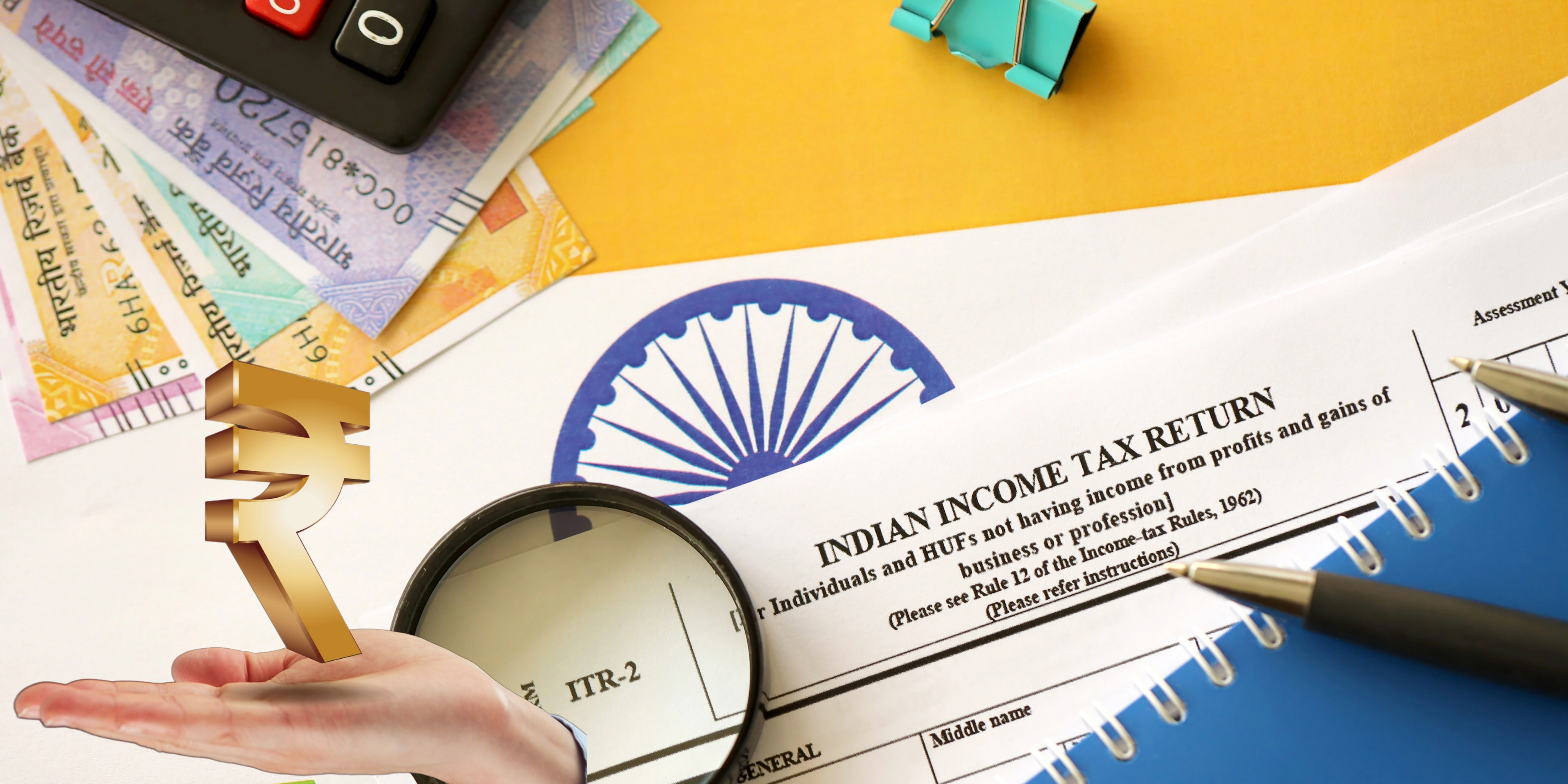
Fresh Angles: The future of trade and comparative advantage
Looking ahead, the landscape of international trade and tariffs is evolving:
Technology and Comparative Advantage: Advances in AI, robotics, and biotech are shifting comparative advantages, creating new winners and losers.
Reshoring and Supply Chains: The pandemic and recent trade wars have prompted countries to rethink global supply chains, balancing efficiency with resilience.
Sustainability and Trade: Environmental concerns are reshaping trade policy, with carbon tariffs and green trade agreements on the horizon.
For AP Econ students, these trends offer a window into the future of global markets—and a reminder that the principles of international trade and tariffs are as relevant as ever.
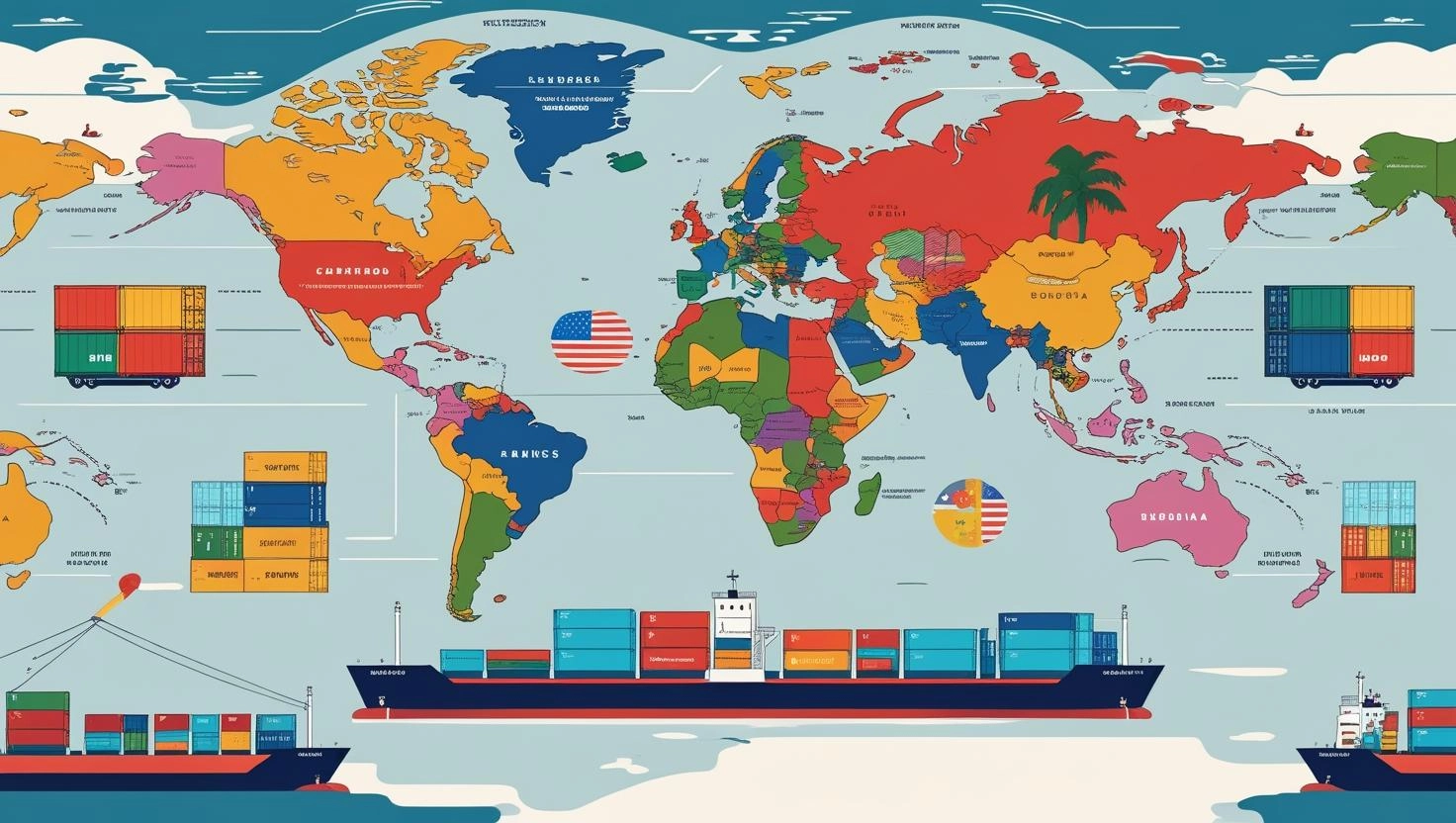
Conclusion: Why international trade and tariffs matter more than ever
International trade and tariffs are at the heart of global economics, shaping everything from the price of your morning coffee to the fate of entire industries. Comparative advantage explains why trade works, while trade barriers remind us of the costs of protectionism. As the 2025 trade war shows, these forces are not just theoretical—they have real consequences for countries, companies, and consumers alike.
For AP Econ students, understanding international trade and tariffs is essential to making sense of the world. Whether you’re analyzing the latest trade war or debating the merits of free trade, remember: the global economy is a complex, dynamic system, and the choices we make today will shape the markets of tomorrow.
FAQs about International Trade and Tariffs
1. What are international trade and tariffs? International trade is the exchange of goods and services between countries. Tariffs are taxes imposed on imported goods to make them more expensive and protect domestic industries.
2. How does comparative advantage benefit countries in international trade? It allows countries to specialize in goods they produce efficiently and trade for others, boosting global productivity and living standards.
3. What is the difference between a tariff and a trade barrier? A tariff is a specific type of trade barrier. Other barriers include quotas, regulations, and subsidies that restrict trade.
4. Can you give a real-world example of a trade war? Yes, the U.S.-China trade war (2018–2020) involved massive tariffs on goods between the two countries, affecting global markets.
5. How do tariffs affect consumers? They raise prices, reduce choice, and can cause shortages.
6. Why do countries use trade barriers? To protect domestic jobs, respond to unfair trade, or for national security, but often at economic cost.
7. What is deadweight loss in the context of tariffs? It’s the lost economic value from prevented trades due to tariffs.
8. How do trade barriers impact supply chains? They increase costs and delay product delivery, disrupting global trade.
9. What are non-tariff barriers? Things like quotas, licensing requirements, and product standards restrict imports.
10. Why is this important for AP Econ students? Because it connects theory with real events—like trade wars—and helps students understand the global eco



.png)


Comments